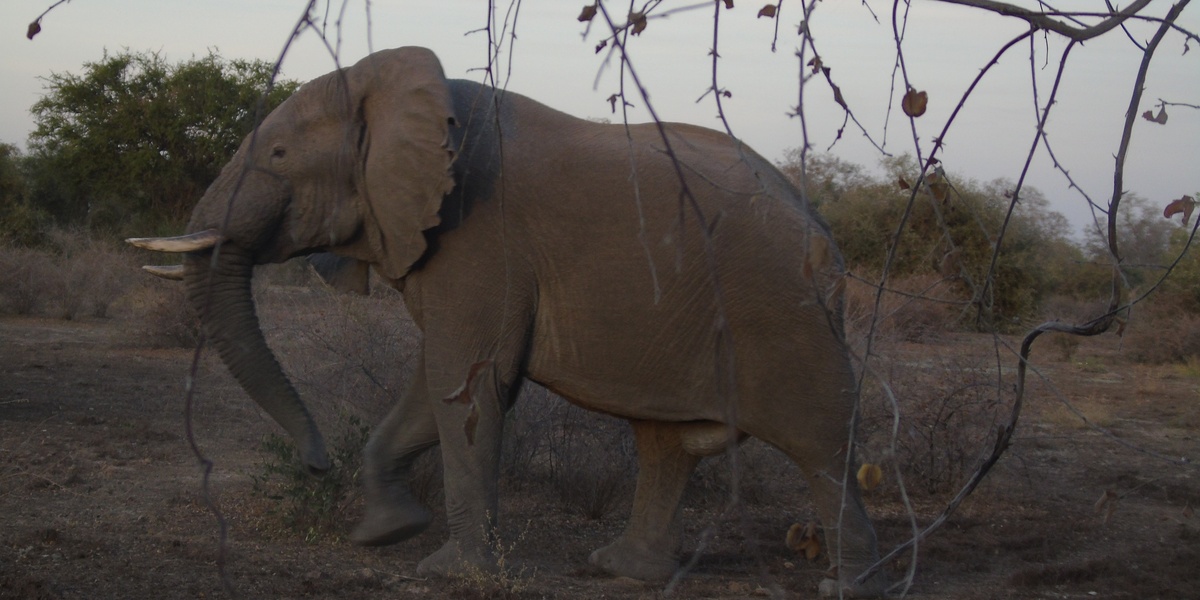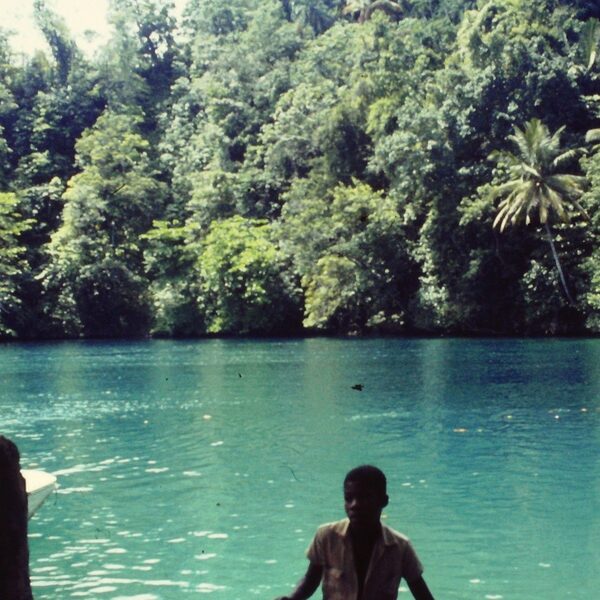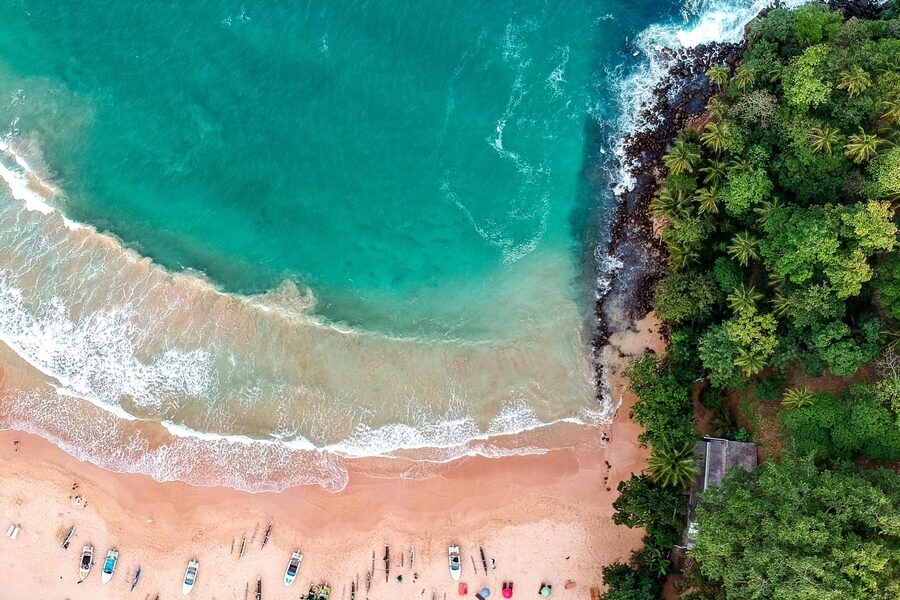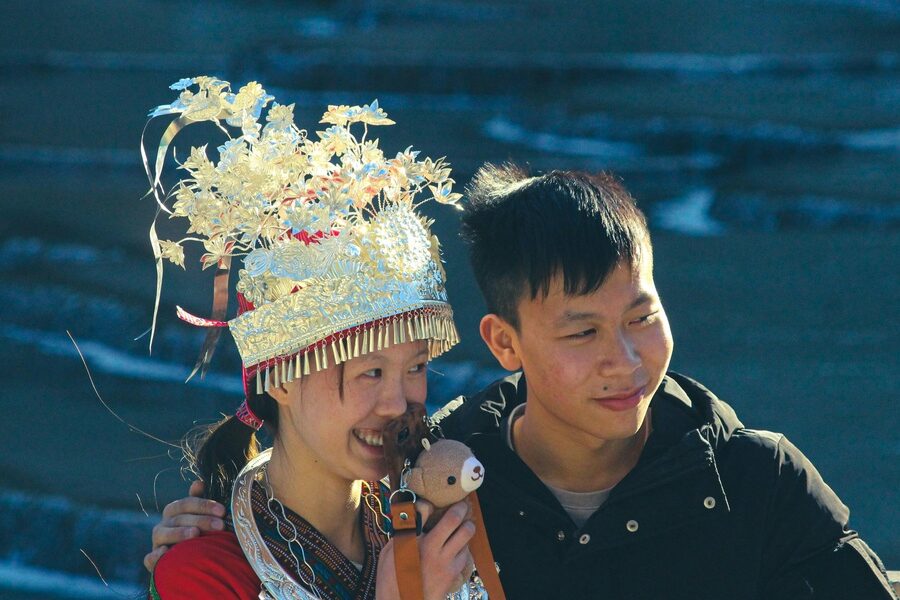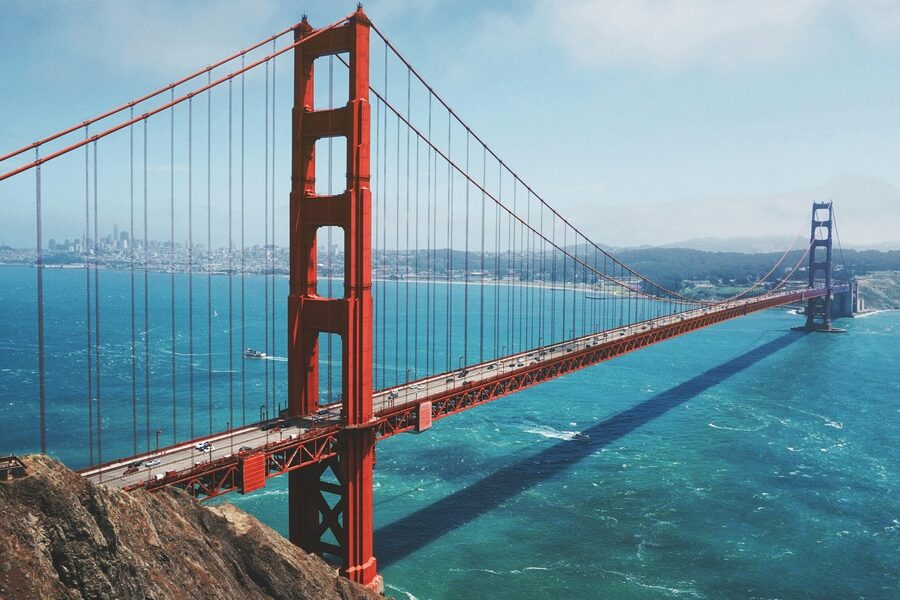A traveler stands beneath a vast sandstone arch at Ennedi as late light slants across prehistoric paintings — scenes of cattle, giraffes and people that hint at a much wetter Sahara. That rock art and the old Saharan trade routes are a surprising reminder that people have crossed and lived in what is now Chad for thousands of years.
Chad is one of Africa’s most under-visited countries, and that scarcity of visitors is part of the appeal: dramatic desert landforms, high volcanic plateaus and living cultures that reward effort with authenticity and discovery. This piece outlines ten clear reasons to visit chad, grouped into natural landscapes, cultural and historical attractions, wildlife and adventure, and practical travel perks. Along the way you’ll find numbers and sources — for example, the Ennedi Massif was inscribed on the UNESCO World Heritage List in 2016 (UNESCO) — and specific, practical tips for planning trips to these remote places.
Natural Landscapes: Sahara, Massifs, and Lake Edges
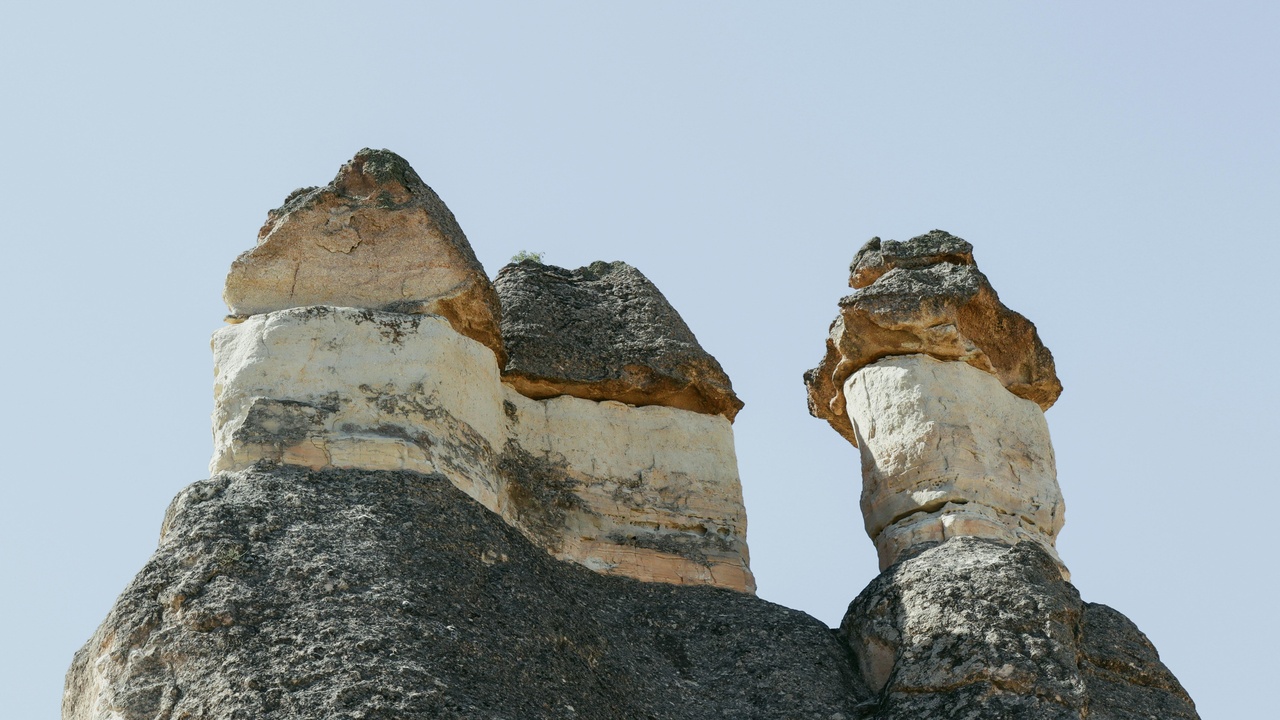
1. Ennedi Massif and Millennia of Rock Art
The Ennedi Massif contains extraordinary sandstone arches, cliffs and thousands of prehistoric rock paintings and engravings that record a Sahara once far greener than today. UNESCO added Ennedi to the World Heritage List in 2016 (UNESCO), noting the site’s archaeological and aesthetic significance.
Visiting reveals a human story: engraved cattle, hunting scenes and figures that date across millennia and document changing environments and livelihoods. Stand under a natural arch and you’re literally looking at millennia of movement along Saharan routes. Guided walks with Toubou-led teams bring meaning to panels such as the “cattle frieze” near Guelta d’Archei.
Practicalities: the cool months (November–February) are best for fieldwork and comfortable camping. Access is over desert tracks, so you’ll need a local guide and permits arranged through regional authorities or trusted tour operators that partner with Toubou communities. Respect photography requests at ritual or private sites and carry water, shade and a satellite communication device for remote emergencies.
2. Tibesti Mountains and Emi Koussi’s Volcanic Silence
The Tibesti is a remote volcanic massif in northern Chad crowned by Emi Koussi, which rises to 3,415 m and dominates the horizon. The mountains feel lunar: black volcanic outcrops, deep wadis and isolated communities that still use camel routes across the plateaus.
Getting there is an expedition. Routes are rugged and require experienced 4×4 drivers, desert navigation skills and paperwork for multi-day travel through sparsely populated territory. Typical expeditions run 4–7 days from the nearest regional towns; a common sample itinerary is a five-day loop that includes a basecamp, day climbs to viewpoints, and overnight stays with local hosts or simple camps.
For photographers and trekkers the payoff is huge: vast panoramas, rock village ruins and spectacular night skies. Work with operators who have Tibesti experience, bring spare fuel and parts, and plan extra days for weather or mechanical delays. Permits, local guides and respect for nomadic Toubou traditions are essential.
3. Lake Chad: Environmental History and Birdlife on the Shore
Lake Chad’s story is one of dramatic environmental change. At its postwar high in 1963 the lake covered roughly 25,000 km²; in downturn years satellite-era estimates have placed the surface nearer to 1,350 km² (see assessments by UNEP and related studies).
The shrinking has reshaped livelihoods, but the lake and its seasonal floodplains remain vital for fishing, grazing and migrating birds. Birdwatchers can find waterfowl and waders concentrated on remaining shallows during migration windows, and local fish markets offer a chance to observe landing and trading practices that sustain lakeside communities.
Visit with local guides who understand sensitive water rights and community needs. Aim for the wet season’s tail (around August–October) for peak bird numbers, and always ask permission before photographing people at work or in markets.
Cultural and Historical Attractions
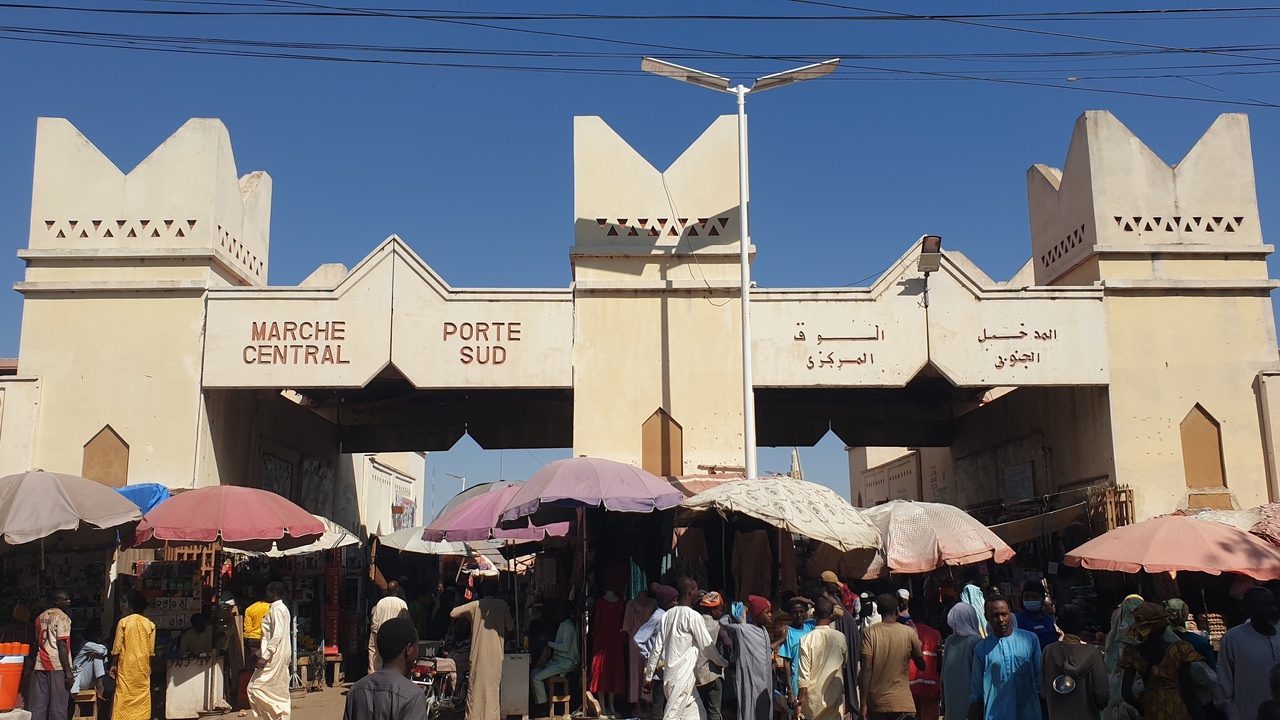
4. N’Djamena Markets and Urban Culture
N’Djamena’s markets are lively, colorful places to see daily commerce: textiles, leatherwork, spices, brassware and woven goods mingle with stalls selling produce and electronics. The Marché Central and riverfront stalls along the Chari are good spots to begin exploring craft traditions and contemporary life.
Haggling is expected, but ethical shopping means asking about makers and preferring community-produced goods where possible. Cafés along the Chari River are pleasant in late afternoon, and wandering local neighborhoods is the best way to spot street artists, tailors and food vendors preparing regional dishes.
Bring small notes of local currency for purchases, and avoid photographing people without permission. Markets are busiest in the cooler mornings; plan visits then for the best light and the most activity.
5. Traditional Societies: Toubou, Sara, and More
Chad’s cultural map is complex: French and Arabic are official, but the country is home to roughly 200 ethnic groups and more than 120 local languages. Major groups such as the Toubou in the north and the Sara in the south have distinct dress, crafts and seasonal livelihoods (pastoralism up north, floodplain agriculture and weaving down south).
Visiting a homestead, attending a local performance or watching woven textiles being made offers insight into daily life. Respect local etiquette: dress modestly in many regions, ask before photographing ceremonies, and accept offers of hospitality with gratitude. Use licensed local guides and community-led tourism initiatives when possible — they help ensure that visits benefit hosts directly.
Good questions to ask elders focus on craft techniques, seasonal cycles and trade connections rather than personal topics. That combination of curiosity and respect opens doors.
6. Colonial History, Architecture, and Museums
Traces of the French colonial period remain in urban architecture and small museums that document 20th-century history. Chad gained independence in 1960, and museum displays in N’Djamena and regional centers help contextualize market life, colonial administration and post-independence developments.
Visit the National Museum in N’Djamena or regional interpretive centers to understand how trade routes, colonial policy and local cultures intersected. Museum hours can be limited, so check opening times in advance and consider a morning visit when curators are available.
Wildlife, Parks, and Adventure Travel
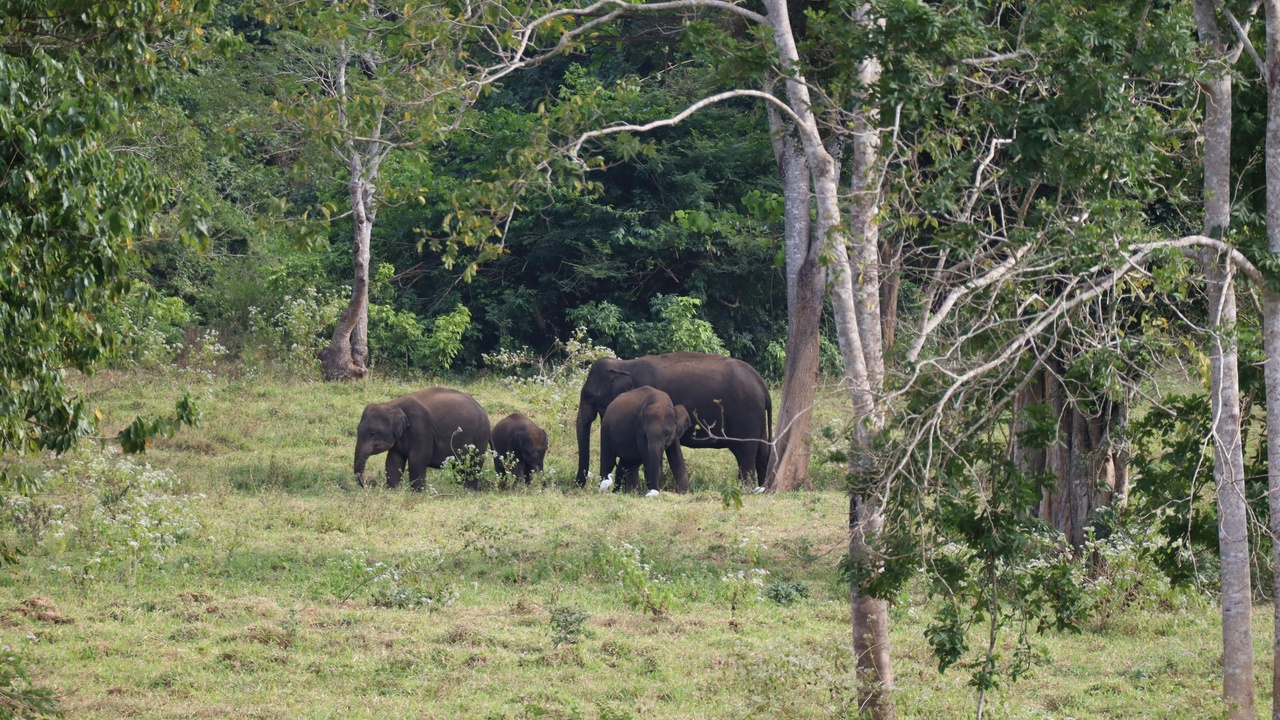
7. Zakouma National Park: A Conservation Story
Zakouma National Park is Chad’s flagship protected area and a rare African conservation success story. Management partnerships and strengthened anti-poaching efforts over the last decade have helped stabilize and grow key wildlife populations.
Visitors typically see savanna elephants, buffalo, antelope and a rich birdlife on day safaris or short mobile-camp stays. Park fees and guided visits directly support protection work, and reputable partners include the park authority and international conservation organizations that have operated on-the-ground projects since around 2010.
A typical Zakouma safari day starts early with game drives at dawn, returns mid-day for rest and a late-afternoon drive when animals are most active. Operators offering responsible tours arrange experienced guides, radio communication and lodging that contributes to the park’s management fund.
8. Birding, Wetlands, and Off-Grid Adventure
Chad’s wetlands and seasonal floodplains are magnets for migratory birds and shore species. Peak migration windows concentrate large numbers of waterfowl and waders, making short, focused birding trips very productive.
Bring binoculars, polarizing filters and a reliable field guide, and hire a local birder or guide who knows seasonal hotspots. A three-day birding loop might include morning boat or shore watches, afternoon visits to local fishing villages, and nights at simple camps where calls of marsh birds fill the air.
Species to look for include resident waterfowl, migrating waders and wetland passerines; local guides can tailor trips to timing and flood conditions. Remote camping and short boat trips make for memorable fieldwork, but plan logistics carefully and respect local fishing territories.
Practical Benefits and Offbeat Travel Perks
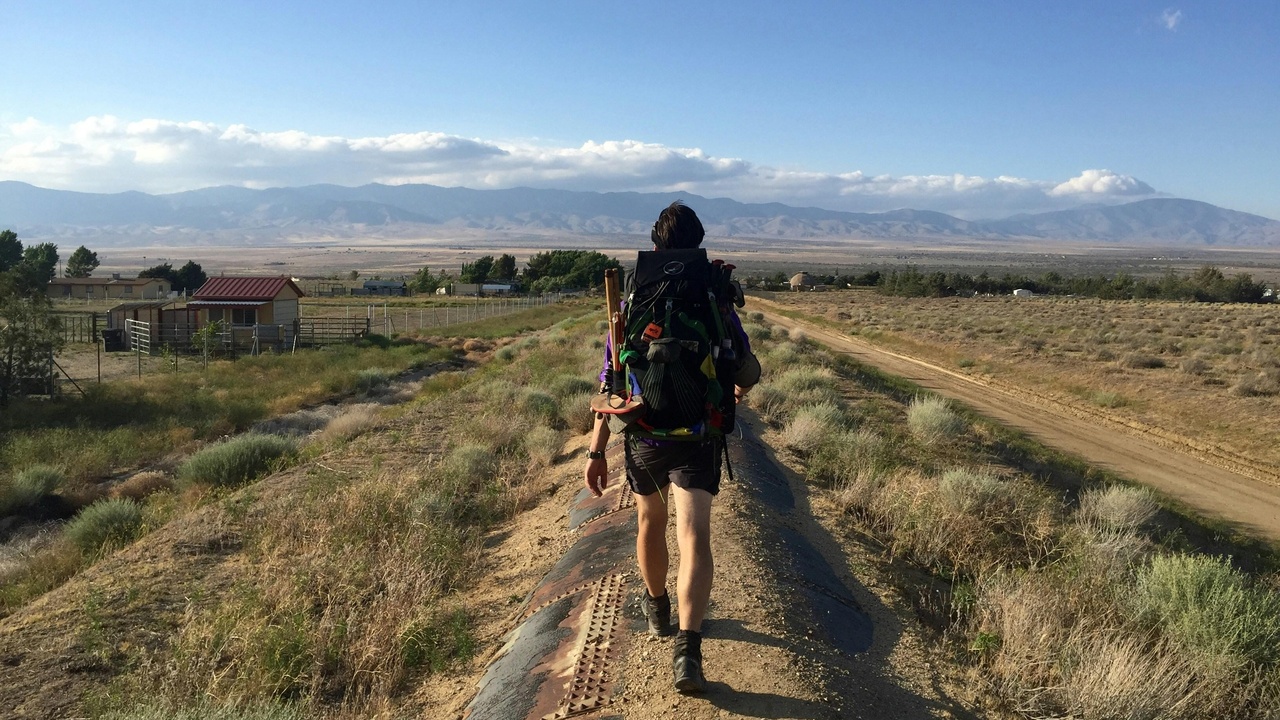
9. Off-the-Beaten-Path Authenticity and Photography
Low visitor numbers are one of the clear reasons to visit Chad: you’ll find subjects and landscapes that feel freshly discovered rather than staged for tourists. That authenticity is a boon for photographers and storytellers seeking unusual frames.
Photography tips: ask permission before taking portraits, shoot Ennedi at golden hours for soft side light, and capture market scenes in the cooler mornings when vendors arrange goods. Hire a local fixer or guide who can negotiate permissions and introduce you to families and artisans.
Small gestures — a printed photo to give someone you’ve photographed, or paying a modest fee for a posed portrait — go a long way toward respectful, productive exchanges.
10. Practicalities: Costs, Visas, and Responsible Travel
Practical travel basics: many travelers need a visa (check current embassy or consulate sites), and a yellow fever vaccination certificate is commonly required for entry. Malaria prophylaxis is recommended in much of the country.
Sample budgets (verify current rates before travel): budget-minded travelers might manage on roughly $40–70 per day by using shared transport and basic guesthouses, while mid-range trips with private 4x4s, guides and modest lodges commonly run $120–250 per day. 4×4 hire with driver and fuel can vary widely; a rough planning figure is $200–400 per vehicle per day depending on itinerary and inclusions — always confirm with operators.
Book travel insurance that explicitly covers emergency medical evacuation and desert recovery. Register with your embassy, travel with reliable communication gear in remote regions, and prioritize hiring local guides and paying fair wages to ensure your trip supports local economies.
Summary
- Ennedi’s sandstone arches and prehistoric rock art earned UNESCO recognition in 2016, offering a direct link to a much greener Saharan past.
- Emi Koussi rises to 3,415 m atop the remote Tibesti massif — a high, volcanic landscape for serious expedition-style travel and photography.
- Zakouma is a conservation success story where guided visits help fund anti-poaching and habitat protection, with strong chances to see elephants and large herbivores.
- Low tourist numbers yield authentic cultural encounters in markets, with around 200 ethnic groups and rich craft traditions; responsible guide-led visits benefit communities directly.
- Plan carefully: check visa and vaccine requirements, secure evacuation-capable insurance, and research authorized guides and conservation partners before booking.

